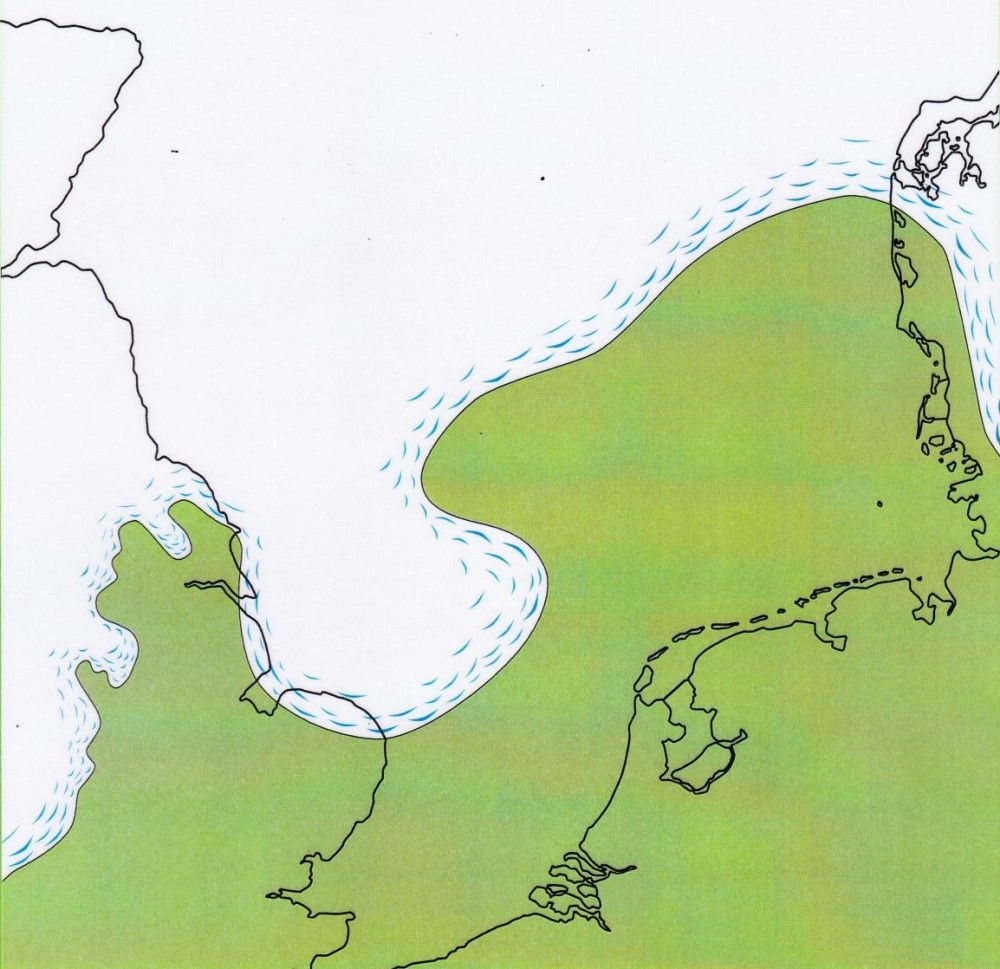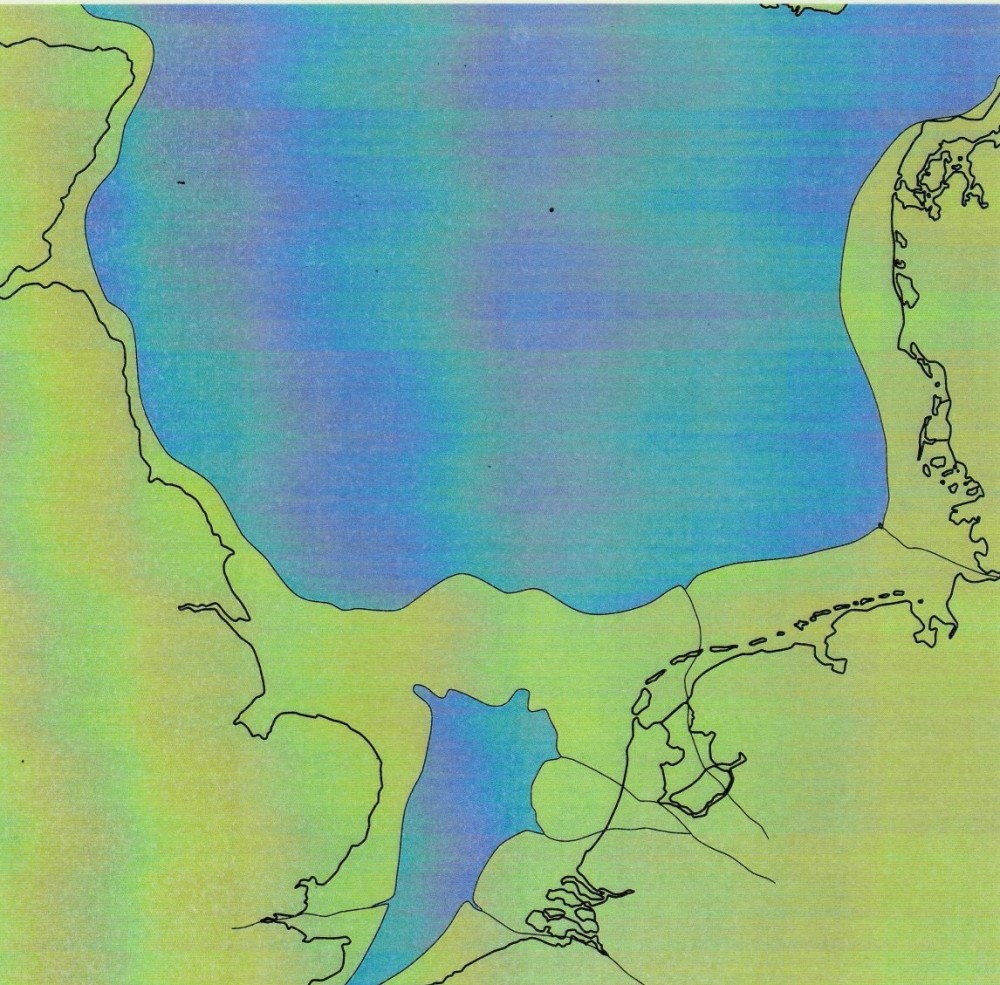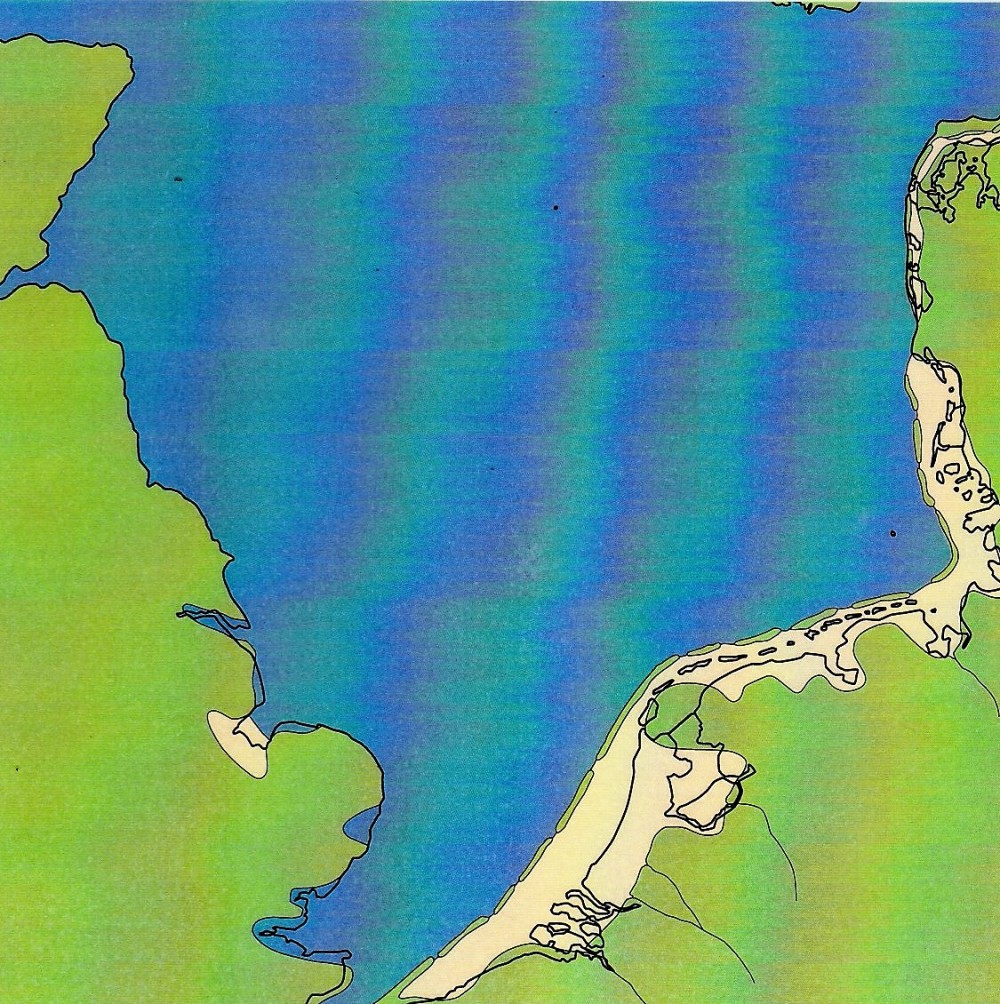It starts during an ice age

The origin of the Wadden Sea goes back to the last ice age, 45 thousand years ago. During this ice age all the water of the North Sea had been captured in glaciers. Therefore, the sea level was much lower than it is nowadays. The glacier ice didn’t reach our coastline; in those days the coastline was tens of kilometres north of the present Wadden islands.

At the end of the ice age the glaciers started to melt, which caused a fast sea level rise. About nine thousand years ago the English Channel between France and England was formed. Since then, twice a day two flood streams enter the North Sea, one from the south and one from the north.

About six thousand years ago the sea level was only 5 meters below its current level. The forces of the two flood streams from the south and from the north resulted in a kind of bulldozer effect on the sand in the North Sea. A long row of sandbanks came into being, a so-called beach ridge.
This beach ridge eventually broke on several places. The moor behind it was filled with salt water: the Wadden Sea was born. An extensive network of salt marshes, swamps and smaller end bigger islands developed. A massive storm surge in 1362 caused the formation of the Dollard and the Zuiderzee.
After 1362 a lot of changes took place as well. Islands became bigger or smaller, or even disappeared completely in the waves. Man also played a role here: the Zuiderzee and the Lauwerszee were closed off and along the coast salt marshes were poldered in, the so-called land reclamation.
Wandering island
Schiermonnikoog also changed a lot over the centuries. Like all Wadden islands it moved in an eastern direction. On the westside in the past a lot of land got lost. In the eighteenth century this even caused the demise of the village Westerburen.
The islanders tried to take control over the formation of the island. On the northside of the island an artificial row of dunes (de ‘stuifdijk’) was built to promote the growth of the island.
At this moment Schiermonnikoog still grows on the east side. The border between the provinces of Groningen and Fryslân had already been moved eastward a couple of times to make sure Schiermonnikoog stays part of the province Fryslân!

